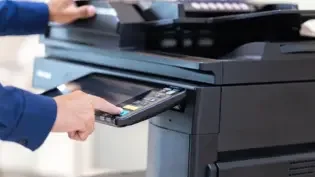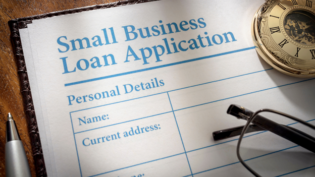Small Business Loans for Women-Owned Business
By: Biz2Credit.com

Small businesses (generally defined as companies with fewer than 500 employees and less than $2 million in average revenue) are the driving force behind employment growth. In fact, small businesses provide jobs for over half of the nation’s private workforce and have generated nearly two-thirds of the new jobs over the past 15 years. Small companies pay 44% of total U.S. private payroll and comprise 97% of all U.S. exporters, according to the SBA Office of Advocacy’s Research and Statistics.
Why are Business Loans for Women-Owned Businesses Important?
In their 2016 State of Women-Owned Businesses Report, American Express OPEN and Womenable examined trends that have occurred between 2007 and 2016. The report found:
- There are now 11.3 million women-owned businesses in the U.S.
- Women-owned firms employ nearly 9 million people and generate $1.6 trillion+ in revenues
- Women-owned companies now comprise 38% of the business population, employ 8% of the country’s private sector workforce, and contribute 4% of the nation’s business revenues;
- Since 2007, more than 1,000 new women-owned firms are launched each day. Further, from 2007 to 2016, the number of women-owned firms increased by 45% (while the total number of firms increased by 9%). Thus, over this period the number of women-owned firms grew at a rate five times the national average.
Despite all this good news, women entrepreneurs still lag considerably behind their male counterparts in key financial categories, according to Biz2Credit’s annual gender-based survey of 25,000 small businesses. Revenues were up significantly, but a large gap between the sales of male-owned and female-owned companies still remains. Additionally, the research found that the average funded amount of business loans for women-owned businesses ($99,009) was 6% lower than that of men-owned businesses ($105,172) last year.
In 2016, borrowers who had cautiously refrained from borrowing money for expansion or capital improvements re-entered the credit markets. Because the economy was relatively strong and interest rates were so low, women business owners were willing to take on more risk… and they did. Meanwhile, average annual earnings for women-owned businesses were $117,064, a 61 percent increase.
Best sources for Business Loans for Women – Where can women get funding?
1. Small Business Loans
Both traditional bank loans and SBA-backed loans are available, and approval rates are the highest they’ve been since before the Great Recession. The latest Biz2Credit Small Business Lending Index found that nearly one-in-four big banks approved small business loans overall in August 2017, while small banks granted almost half of all their funding requests.
2. Grants
There are numerous grant programs to help female entrepreneurs. A big advantage for those who receive them is that the grants typically do not have to be paid back. Here are some of the women-focused — and some non-gender specific — grant programs are:
- The Eileen Fisher Women-Owned Business Grant Program:Eileen Fisher grants are awarded annually to 100 percent women-owned businesses that have founding principles of social consciousness, sustainability and innovation. Applicants should be ready to move to the next phase of development.
- FedEx Think Bigger — Small Business Grant Program:For the past five years, the FedEx Small Business Grant Contest has awarded hundreds of thousands of dollars to innovative small-business owners nationwide. Applicants are encouraged to share their visions to receive a portion of the $75,000 awarded in grants. Part of the judging involves the general public voting for the finalists, so participants may promote their businesses while garnering votes.
- InnovateHER:Sponsored by the SBA, Office of Women’s Business Ownership, the InnovateHER challenge awards winners up to $40,000 in prize money for businesses that have a marketable product or service that makes a positive an impact on the lives of women.
- Small Business Innovation Research (SBIR):Eleven federal agencies participate in this awards-based program. SBIR is a highly competitive program that encourages domestic small businesses to engage in Federal Research/Research and Development (R/R&D) that has the potential for commercialization.
- Wal-Mart Women’s Economic Empowerment Initiative (WEE):Wal-Mart’s initiative provides opportunities for U.S. and international companies. Through its Global Women’s Economic Empowerment Initiative, Walmart is working to improve the lives of women around the world by providing more training, market access and career opportunities to nearly 1 million women, many on farms and factories.
3. State and local small-business grants
National small-business grants are limited in number and very competitive. Many times there are better opportunities for grant funding on the local level. Use the internet to conduct research on grant programs in your area. Each state and many large cities have economic development agencies designed to strengthen the local economy. Some of them have small business grants available. Additionally, SBA-sponsored small business development centers (SBDCs) provide one-on-one business advice. SBDC counselors can inform women entrepreneurs about grants and other business financing opportunities in the local area.












